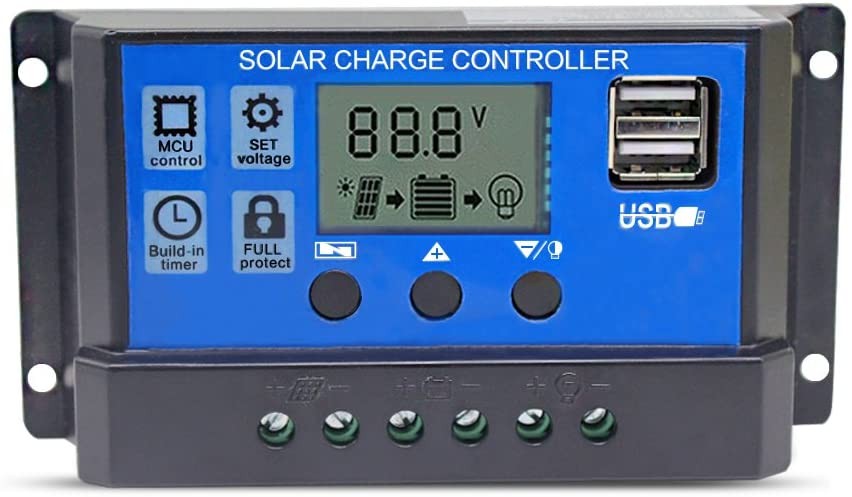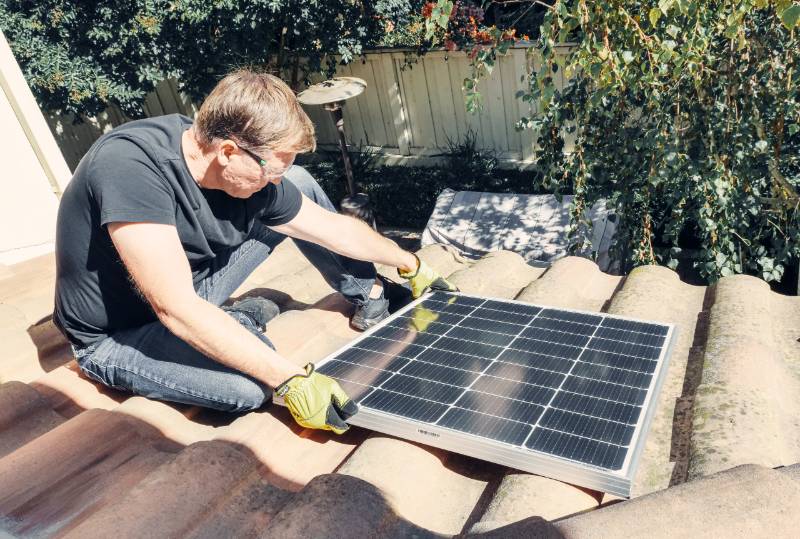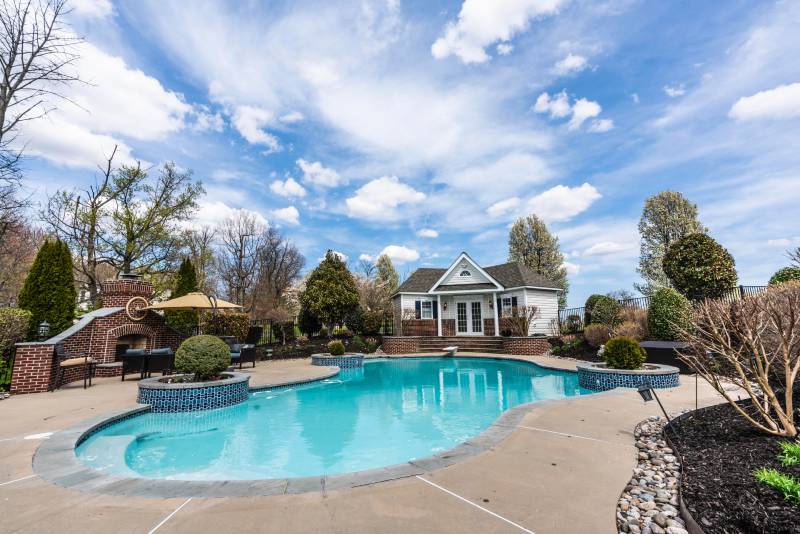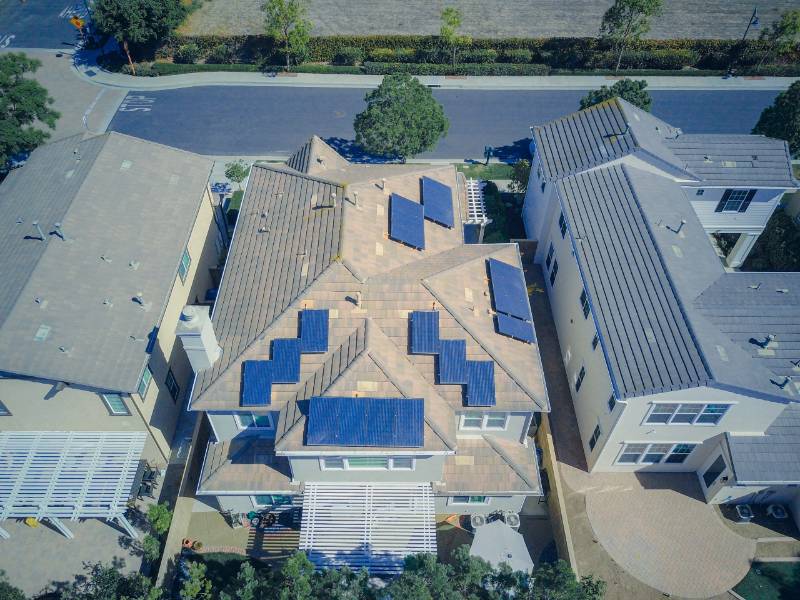Ever wonder how hot solar panels get while they’re busily converting sunlight into electricity?
It’s not just about absorbing the sun’s rays; it’s about enduring and thriving in the heat.
Solar panel temperatures can range from 15 °C (59 °F) to 35 °C (95 °F) during optimal conditions, where they perform at their best.
However, on hotter days, these panels can reach temperatures up to 85 °C (185 °F), at which point their efficiency begins to wane.
In this article, I will guide you through the temperature dynamics of solar panels, exploring why they get so hot and how this impacts their ability to generate energy.
Key Takeaways
- Solar panels operate best at 25°C (77°F); beyond this, their efficiency drops due to increased heat.
- For every 1°C rise above 25°C, a solar panel’s power output decreases, measured by the temperature coefficient.
- Solar panels get hot by absorbing sunlight and environmental heat, affecting components like the frame and glass cover.
- As temperatures rise, electron movement within the panel becomes erratic, reducing the panel’s voltage and efficiency.
- Controlling panel temperature involves spacing for airflow, using water as a coolant, or opting for thin-film technology; heat-resistant panels cost more but offer long-term benefits in hot climates.
What Is the Optimal Solar Panel Temperature?
The optimal temperature for a solar panel is around 25°C (77°F).
That’s when it’s in its happy zone, working at top efficiency.
But if the temperature goes above this sweet spot, the panel’s performance starts to dip.
This dip is measured by something called the temperature coefficient.
It tells us how much power the panel loses for each degree the temperature rises.
Let’s break it down with an example.
Say the temperature coefficient is -0.45%/°C.
If the temperature hits 40°C (104°F), that’s 15°C hotter than the optimal 25°C.
Here’s the math to figure out how much power we’re losing:
40ºC – 25ºC = 15ºC x -0.45%/ºC = -6.75%
So, at 40°C, the solar panel’s output drops by 6.75% compared to its output at the ideal temperature.
In other words, it’s not quite hitting its usual marks because it’s feeling the heat.
The optimal temperature for a solar panel is around 25°C (77°F).
At this temperature, the solar panel performs at peak efficiency.
But on hotter days, when the temperature of solar panels rises above 25°C (77°F), the efficiency of the solar panel decreases due to thermal losses.
This loss of performance is quantified as the temperature coefficient which is expressed as a percentage.
It states how much of the panel’s rated power will be lost for every degree Celsius increase in temperature above 25°C.
For example, if a solar panel has a temperature coefficient of -0.45%/ºC, this means that its efficiency decreases by 0.45% for every 1ºC above 25ºC.
We can calculate the power loss it would incur:
40ºC – 25ºC = 15ºC x -0.45%/ºC = -6.75%
This means that at 40ºC (104ºF) this particular solar panel will produce 6.75% less energy than its maximum rated output.
What Makes a Solar Panel Hot?
Solar panels get hot due to exposure to direct sunlight.
However, isn’t that what they’re designed to do?
Of course, then what’s the problem?
The sun releases light energy at many different wavelengths and the solar panels only absorb energy from certain wavelengths.
The rest of the radiation is converted to heat and raises the solar panel’s temperature.
The PV cells are manufactured to only deal with light energy and not heat.
So they convert the light energy into an electric current but the rest of the heat just gets trapped in the panel, making it hot.
The other parts of the solar panel also absorb heat from the environment, such as the frame and glass cover.
These materials absorb any heat around them, making the solar panel hot.
Why Does High Temperature Reduce the Efficiency of Solar Panels?
The high temperature reduces the efficiency of solar panels because it affects the behavior of electrons in the semiconductor materials from which the panels are made.
Normally, when sunlight hits the panel, it excites electrons, causing them to flow and generate electricity.
However, as the temperature rises, these electrons get overexcited and start moving too freely.
This erratic movement disrupts the orderly flow needed to produce a strong electrical current, decreasing the voltage output of the panel.
As a result, the hotter the panel gets, the less efficiently it can convert sunlight into electricity.
Can Heat Destroy a Solar Panel?
Heat can’t easily destroy a solar panel because manufacturers design them to withstand up to 185°F (85°C).
At or above this temperature, components like PV cells and metal frames could start failing or get permanently damaged.
However, it’s rare for panels to reach such extreme temperatures under normal conditions.
So, there’s no need to worry too much—your solar panels are pretty robust and not likely to get fried by the heat.
How to Control the Temperature of Your Solar System?
1. Provide Space and Airflow
Solar panels can cool down by dissipating heat into the atmosphere via convection.
To do this, it is important to leave some inches between the panels and the roof so it will act as an air gap, allowing airflow beneath them.
2. Use Water As a Coolant
On hot days, we sweat to cool down and to keep our bodies running at an optimal temperature.
The same concept applies to solar panels.
Circulating cold water on the solar panel will absorb the heat from the panels and release it into the atmosphere, keeping them cool.
But after the solar panels cool down you should gently dry the panels with a soft close.
Otherwise, the water drops may reflect the sunlight from the panels and decrease their efficiency.
3. Use Thin-Film Solar Panels
Thin-film panels are an innovation in solar technology.
They are produced with a thin layer, making them lighter and less susceptible to heat buildup.
This makes them more efficient and eliminates the need for additional cooling measures.
They boast a temperature coefficient of between -0.20 and -0.25 which is less than other traditional panels with a temperature coefficient of -0.26 and -0.50.
But these panels are less efficient than the standard ones.
In other words, they will lose less energy at higher temperatures but will convert less solar energy into electricity.
Are Heat-Resistant Solar Panels More Expensive?
Heat-resistant solar panels are more expensive.
This is because they have low-temperature coefficients, meaning they don’t lose as much power when it gets hot.
To achieve this, they need extra design and manufacturing work, which bumps up their cost.
However, if you’re in a place with mild weather, you might not need this fancy feature.
But, if you’re somewhere really hot, like a desert, investing in these durable panels could be smart.
They cost more upfront, but you’ll likely save money in the long run thanks to their better performance and efficiency in high temperatures.
FAQs
How Much Heat Do Solar Panels Give Off?
Solar panels give off a temperature range between 15 °C ( 59 °F) and 35 °C ( 95 °F).
Do Solar Panels Get Very Hot?
Solar panels get as hot as 185°F (85°C) in extreme conditions when exposed to direct sunlight.
How Do You Keep Solar Panels from Overheating?
You can keep solar panels from overheating by providing sufficient space to maximize airflow beneath the panels and using cold water as a coolant to absorb heat.
Conclusion
As promised, we have walked through the science behind how heat affects solar panels and explained what you need to do to keep them from overheating.
And if you ask me, I think it is worth investing in temperature-resistant panels if you live in an area with extreme temperatures.
But this should be a last resort as these units are more expensive.
Do you still have questions?
If so, leave them in the comments and I will get back to you with an answer.






